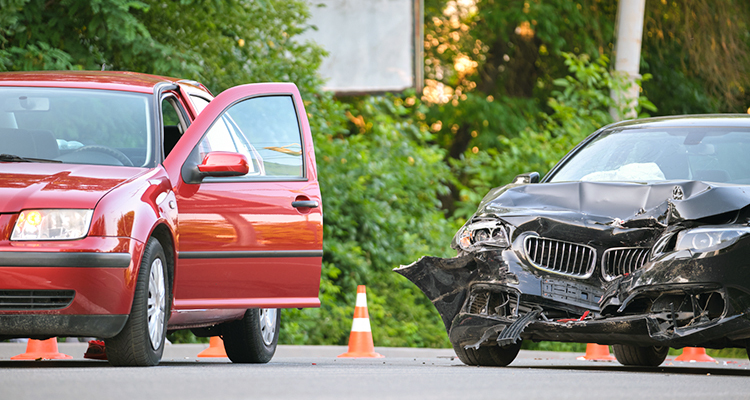
It can be quite stressful to find yourself stranded on the road, but vehicles can break down in the middle of the road for several reasons. Some of the common reasons for this type of emergency include a flat tire, running out of gas, or a mechanical breakdown.
When your vehicle breaks down on the road, the first thought that comes to mind is often to get out of the car and check the issue. However, it is vital to first reflect on the situation and take the appropriate precautions before proceeding to do anything.
Your car might give up on you in the middle of nowhere or in between a busy highway. In this case, getting out of your vehicle abruptly without thinking it through might not be safe. Companies like Ontario Towing can provide
roadside services and come to your location to assist you in such circumstances. However, in some cases, you might become stranded on some deserted road where help might take longer to arrive. Therefore, knowing the essential steps to handle such roadside emergencies is necessary.
This blog post highlights the main tips that might help you deal with a roadside emergency.
Take Your Car Off The Road
If you feel like your car is not working properly or has broken down, try moving it to the side of the road mainly to avoid disturbing incoming traffic. Try to park on the far side of the road where you can check what is wrong with it. Otherwise, if your car has suddenly stopped in the middle of the road, then try to drag it to the side to avoid disturbing the traffic flow. Moreover, try to stop under a light such as a street light, so you are easily visible even when your hazard lights are not on. Never park your car near curves, on a narrow road, or at the bottom of a hill.
Alert Others
It is necessary to alert others when you have encountered a problem with your vehicle. Thus, it’s important to turn on your indicators and other hazard lights to let others know about your situation.
If you have stopped on the side of the road, place alert signs such as warning signals that you have—flares, hazard triangles, or a warning light. Moreover, you can also pop your hood to show that you are having trouble with your car.
Exit Your Car With Care
You should take special attention and care while getting out of your vehicle. The traffic on highways flows with great speed, and it might be hazardous for you to get out of your car without thinking. If you have parked your vehicle on the shoulder of a busy highway, it is better to exit on the passenger side to avoid incoming traffic on the driver’s side.
If you have to go somewhere, lock your car and place a note with your contact information in case help arrives. However, it is better not to exit your vehicle unless you need to and if you’ve confirmed that it is safe.
Call For Emergency Roadside Assistance
Getting
roadside help from a professional company is often necessary for such situations. They have the right machines, equipment, and tools to fix your vehicle’s problem and get you back on the road as soon as possible.
Some vehicle owners might fix their car on their own without getting any professional help. However, if the problem is severe, it might be wise to call a towing or other roadside help services to come to your location and fix the issue. To learn more about roadside assistance services,
read this blog.
Be Patient As You Wait
It is advised that you remain calm and patient as you wait for help to arrive. It is better to keep emergency supplies in your car for such times. These items might include water, food, duct tape, a jack, power bank, jumper cables, heavy-duty rope, gloves, and more.
Be patient and keep your phone on so that the company can contact you to determine your location and more.
About Ontario Towing
At
Ontario Towing, we promise to provide you with the best towing and roadside assistance
services throughout Ottawa and surrounding areas. We also offer various other services to our customers, including gas delivery and towing.
Contact us today for more information on the services we offer.
Ontario Towing is renowned for its prompt and trustworthy services. Their latest offering, Ottawa’s Roadside Assistance, underscores their dedication to Ottawa’s drivers, ensuring top-tier assistance and confidence for every journey.
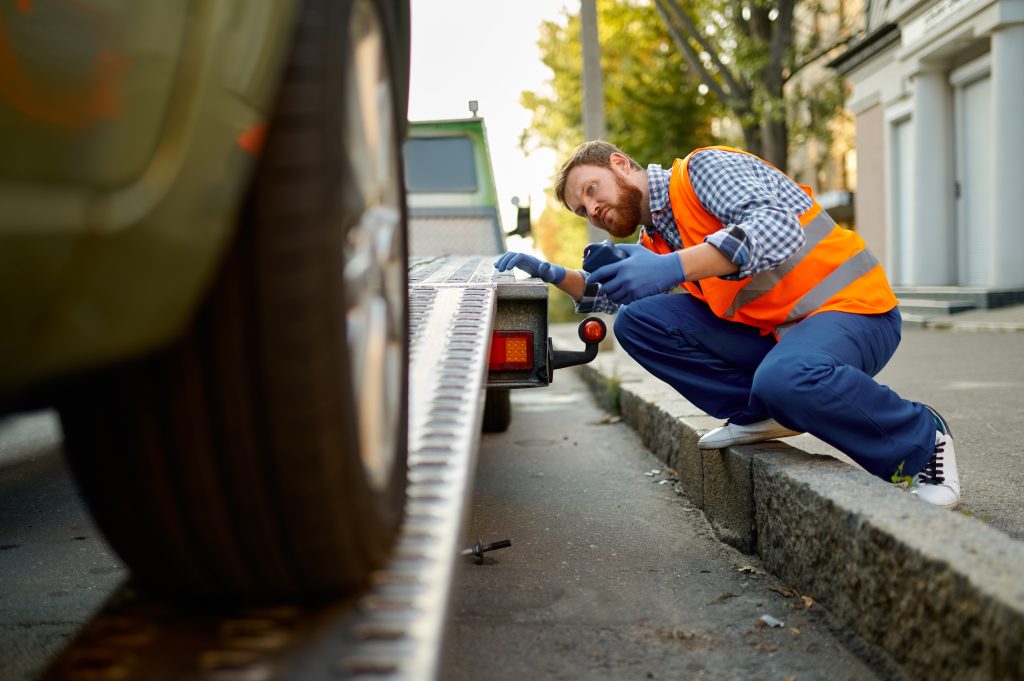 In Ottawa, a city known for its picturesque landscapes, rivers, and green initiatives, the significance of eco-friendliness can’t be overstated. At the heart of this commitment is Ontario Towing, a service provider that has embraced environmentally-conscious practices. Let’s delve into the world of eco-friendly towing and how Ontario Towing is making a positive impact on the Ottawa environment.
In Ottawa, a city known for its picturesque landscapes, rivers, and green initiatives, the significance of eco-friendliness can’t be overstated. At the heart of this commitment is Ontario Towing, a service provider that has embraced environmentally-conscious practices. Let’s delve into the world of eco-friendly towing and how Ontario Towing is making a positive impact on the Ottawa environment.
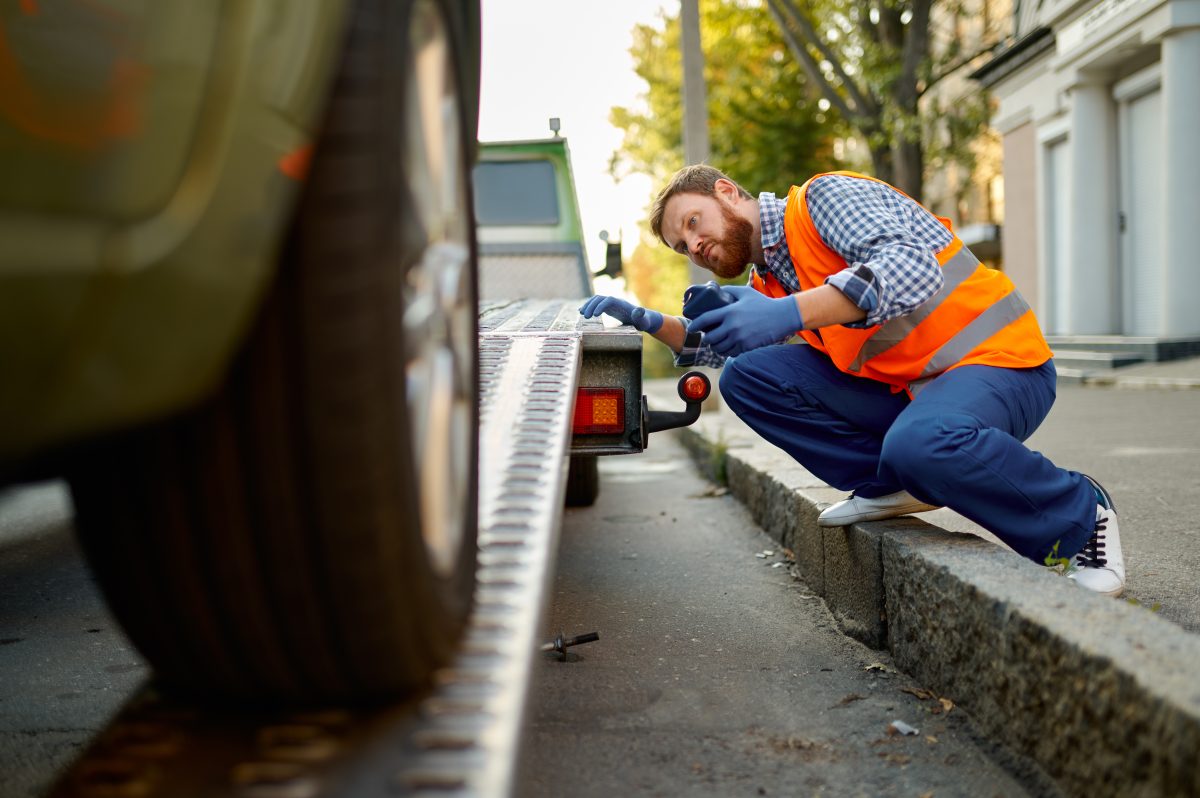
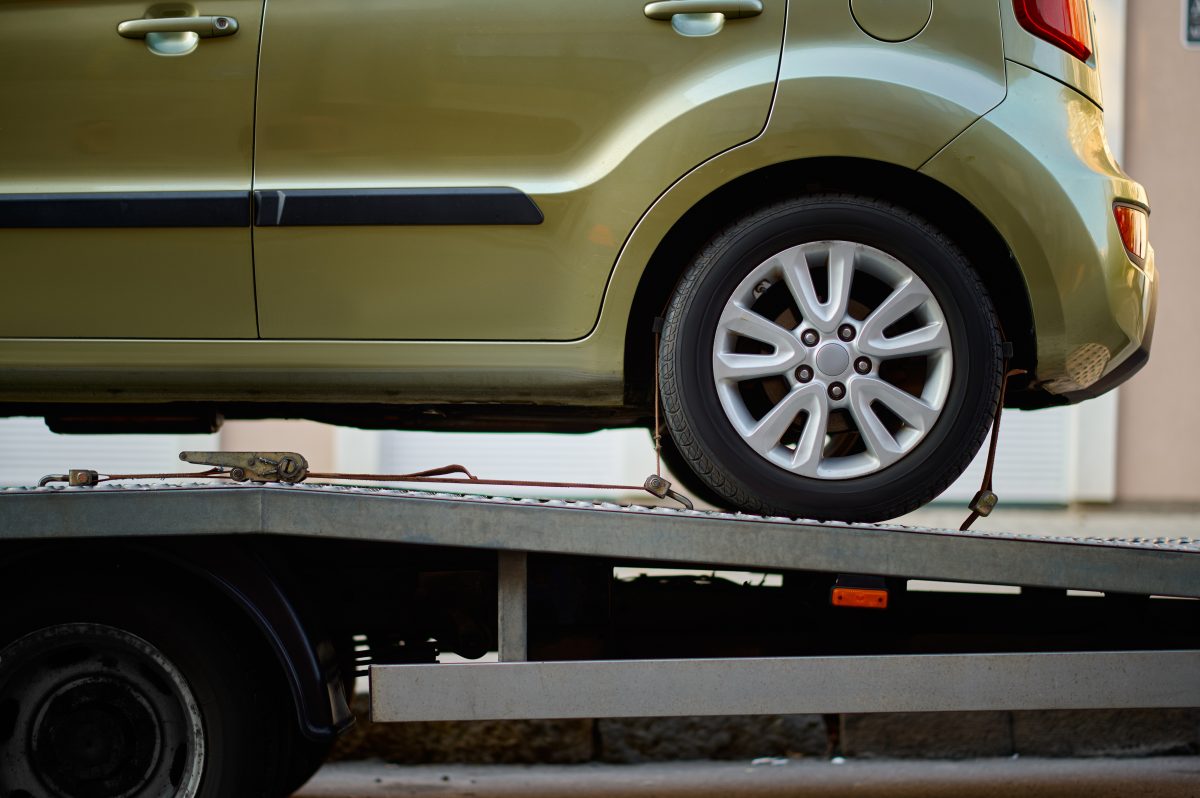
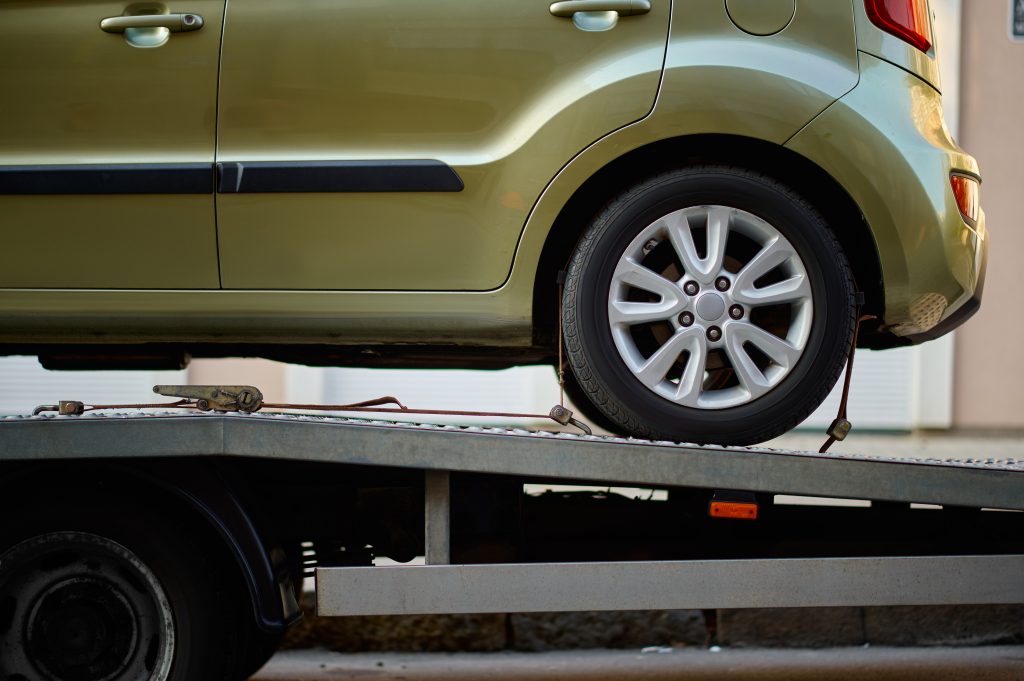 When it comes to towing, the method used can significantly impact the safety and condition of the vehicle being towed. The two most common towing methods are flatbed and hook and chain. While both methods get the job done, there are distinct advantages and disadvantages associated with each. This article will delve deep into both types, helping vehicle owners make an informed decision in case of a breakdown or accident.
When it comes to towing, the method used can significantly impact the safety and condition of the vehicle being towed. The two most common towing methods are flatbed and hook and chain. While both methods get the job done, there are distinct advantages and disadvantages associated with each. This article will delve deep into both types, helping vehicle owners make an informed decision in case of a breakdown or accident.

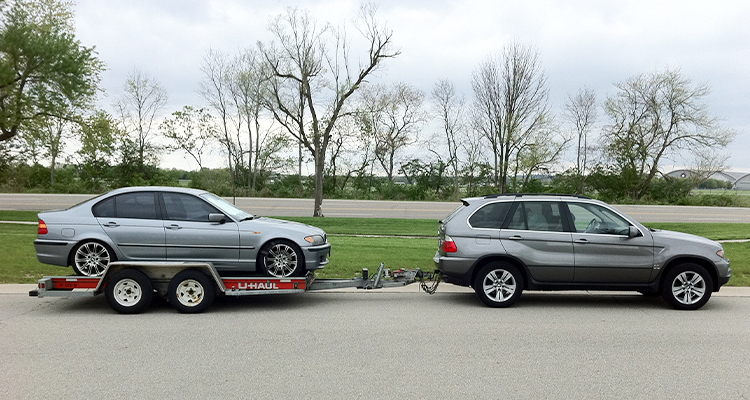



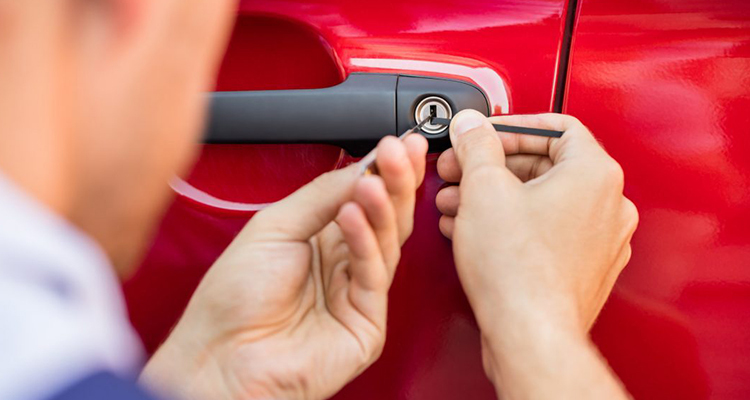
 People can sometimes forget to take their keys out of their ignition and get locked out of their vehicle. Especially when you are running late for something, your focus is on reaching your destination in time, and the thought of taking your key with you escapes your mind. Having your car locked with the keys inside can be a frustrating sight, but on a stranded highway at night, especially when alone, can be extremely dangerous.
A car lock-out can be inconvenient and embarrassing if you do not know what to do next. If you find yourself in a similar situation, you must contact a local professional car lock-out service such as Ontario Towing. People often try to unlock their cars using a few common workarounds. However, such methods can damage your car. Therefore, it is best to leave this job to the experts of
People can sometimes forget to take their keys out of their ignition and get locked out of their vehicle. Especially when you are running late for something, your focus is on reaching your destination in time, and the thought of taking your key with you escapes your mind. Having your car locked with the keys inside can be a frustrating sight, but on a stranded highway at night, especially when alone, can be extremely dangerous.
A car lock-out can be inconvenient and embarrassing if you do not know what to do next. If you find yourself in a similar situation, you must contact a local professional car lock-out service such as Ontario Towing. People often try to unlock their cars using a few common workarounds. However, such methods can damage your car. Therefore, it is best to leave this job to the experts of 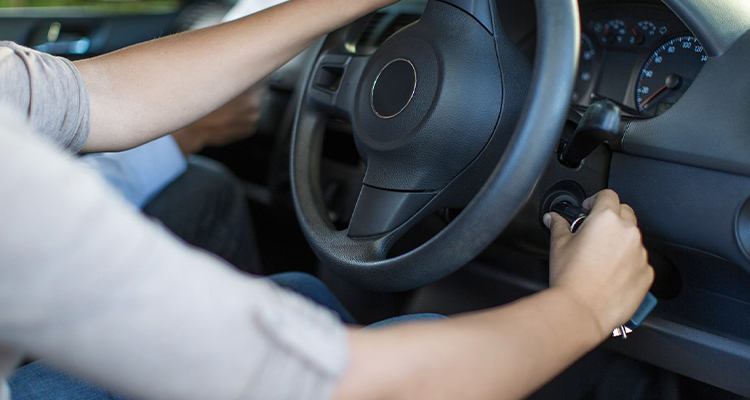
 You get in your car hurriedly because you are late to get somewhere. You turn your keys only to discover that your car is not starting. This can be quite a frustrating situation when you want to go somewhere but can’t. It is even worse when you are far from your home, or somewhere in the middle of the road.
There can be many reasons why your car won’t start. This blog post will address those issues and guide you on how you can fix them. If you ever find yourself in such a situation, you can always contact
You get in your car hurriedly because you are late to get somewhere. You turn your keys only to discover that your car is not starting. This can be quite a frustrating situation when you want to go somewhere but can’t. It is even worse when you are far from your home, or somewhere in the middle of the road.
There can be many reasons why your car won’t start. This blog post will address those issues and guide you on how you can fix them. If you ever find yourself in such a situation, you can always contact